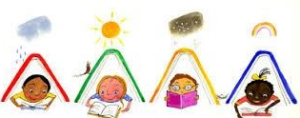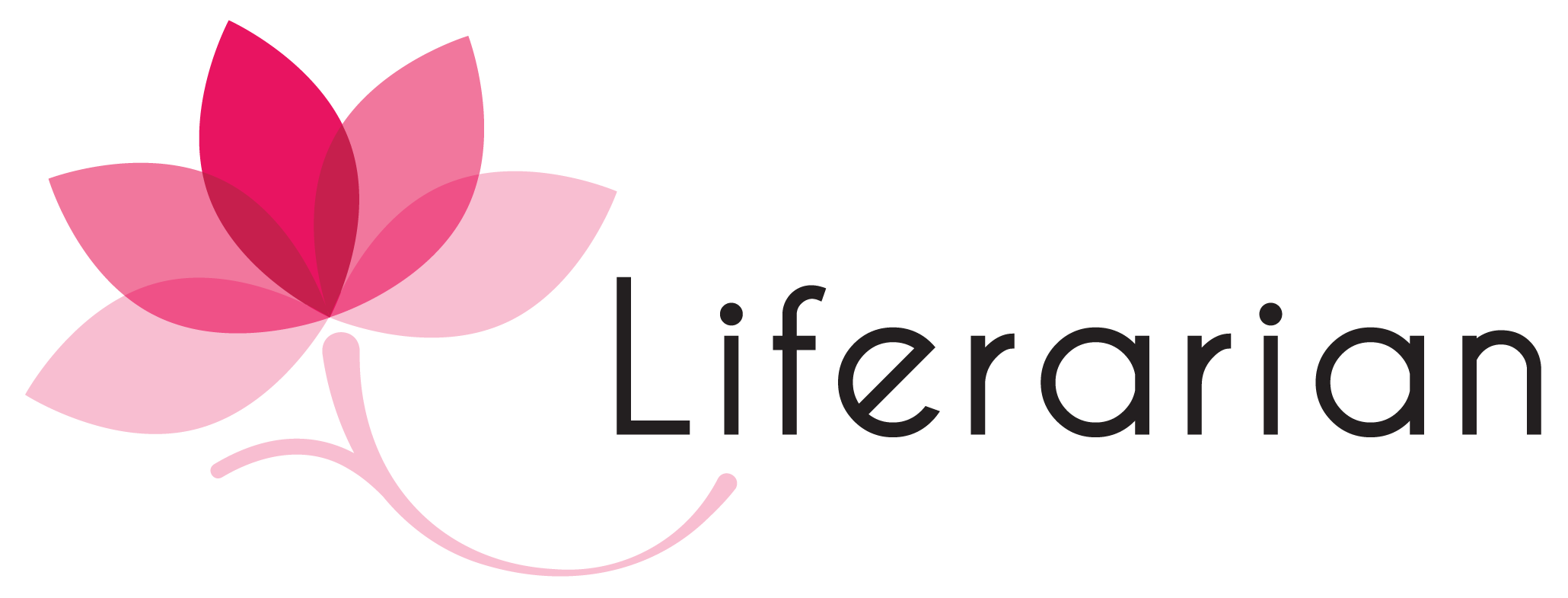Keywords: Bibliotherapy, Teacher Role, Librarian Role
Prahi’s dog ran off her leash and was hit by a car. Her father did not know how to explain to Prahi that it was an accident and that sometimes these incidents happen. At that time,Prahi was inconsolable. Rocky had been the family dog since Prahi was a baby. Then, Prahi’s neighbour gave her a book called The Tenth Good Thing About Barney by Judith Viorst. The book is about a boy whose cat dies.Prahi could relate to the boy in the story. She was encouraged to name ten good things about Rocky. Prahi came up with 14 !. She and her mom drew pictures of each one. Now, whenever she feels sad about Rocky, Prahi reads the book she made.
This use of books to help readers find solace is one of the many advantages of Bibliotherapy.
Books for children can be an excellent tool for helping children make sense of their world and their lives. According to Ziegler (1992), allowing the child to write their own story can assist in the healing process. (1)
Who should use bibliotherapy?
Bibliotherapy can be used by anyone who has contact with a child suffering from emotional turmoil or confronting a new confusing issue. Since the 1950s and 1960s, counselors have used this method quite successfully. By stepping back from the problem, bibliotherapy enables the child to experience it objectively. It gives the child the opportunity to explore feelings in a safe environment.
There are two types of Bibliotherapy according to Asper, Schlichter, and Burke (1994).
| Clinical Bibliotherapy | Developmental Bibliotherapy |
| used by trained professionals; meant to deal with significant emotional or behavioural issues | used by teachers, librarians, parents; meant to help children grow and develop |
Regardless of the application, children’s literature can assist teachers and students in dealing with everything from behavioural problems to social problems.
Steps to follow for delivering bibliotherapy instruction:
- Describe the specific problem a student is facing.
- Identify and review books that feature characters who face the same issue.
- Determine whether texts are suitable for students.
- Use the most appropriate texts to develop bibliotherapy lessons.
- Teach
Role of Teacher:
- To focus on the main theme of the book while reading for bibliotherapy.
- To design a lesson plan that helps students reflect on the material they have read and to compare it to what they are experiencing today.
- To make a common technique in both classroom settings and child therapy is to read a story similar to their own to help the children establish a relationship with that issue so they can address it objectively.

“Literature has been soothing anxious souls for millennia”
—– Bijal Shah, Bibliotherapist and Book curator.
Role of Librarian:
A Bibliotherapist Librarian needs to have a profound knowledge of literature, a love of books, the ability to evaluate books, and proficiency in selecting them to meet the needs of his readers. Following are some areas where a Librarian can help in Bibliotherapy.
- Help of projects leading to the use of library materials.
- Providing recommended reading materials provided through a readers’ advisory service.
- Librarian facilitates children’s physical and mental recovery and adjustment by developing their initiative, self-reliance, and confidence.
Here are some sample themes and book recommendations, which can be used in different aspects, during Bibliotherapy.
| Theme | Title | Author | Ages |
| Family | Molly’s Family | Nancy Garden | 3 – 8 years |
| Was It the Chocolate Pudding? A Story for Little Kids about Divorce | Sandra Levins | 5- 9 years | |
| Zachary’s New Home | Geraldine Blomquist | 3 – 8 years | |
| A Rainbow of Friends | P.K. Hallinan | 4 – 8 years | |
| Best Friends | Charlotte Labaronne | 3 – 5 years | |
| Social Skills/ Friendship | How Do I Feel About Making Friends | Sarah Levete | 4 – 9 years |
| I’m a Good Friend! | David Parker | 3 – 8 years | |
| The Brand New Kid | Katie Couric | 3 – 8 years | |
| Accepting Differences | It’s Okay to Be Different | Todd Parr | 3 – 8 years |
| Zink the Zebra:A Special Tale | Kelly Weil | 3 – 8 years | |
| Sit Still! | Nancy Carlson | 3 – 8 years | |
| ADHD (Attention-Deficit / Hyperactivity Disorder) | Eagle Eyes: A Child’s Guide to Paying Attention | Jeanne Gehret | 5- 9 years |
| Autism Spectrum Disorder | My Brother’s A World-Class Pain: A Sibling’s Guide to ADHD/Hyperactivity | Michael Gordon | 8 – 11 years |
| Ian’s Walk: A Story About Autism | Laurie Lears | 4 – 8 years | |
| Inspirational | Bibliotherapy: The Girl’s Guide to Books for Every Phase of Our Lives | Nancy Peske | 8 – 11 years |
I’m a big believer in Bibliotherapy. Books have the power to change lives: what we think and what we do.
—— Eric Walters (Canadian author)
References
- “Bibliotherapy Goldmine for Kids: A Comprehensive List of Books on a Variety of Topics | Clear Lake Children’s Center.” Https://Clearlakechildrenscenter.com/, clearlakechildrenscenter.com/helpful-articles/bibliotherapy/. Accessed 17 Feb. 2022.
- MARGARET C., HANNIGAN. “Download Limit Exceeded.” Citeseerx.ist.psu.edu, citeseerx.ist.psu.edu/viewdoc/download?doi=10.1.1.560.7886&rep=rep1&type=pdf. Accessed 17 Feb. 2022.
- Mary Rizza. A Parent’s Guide to Helping Children: Using Bibliotherapy at Home | the National Research Center on the Gifted and Talented (1990-2013). 14 May 2015, nrcgt.uconn.edu/newsletters/winter972/. Accessed 17 Feb. 2022.
- Rozalski, Michael, et al. “Bibliotherapy: Helping Children Cope with Life’s Challenges.” Kappa Delta Pi Record, vol. 47, no. 1, Oct. 2010, pp. 33–37, 10.1080/00228958.2010.10516558. Accessed 17 Feb. 2022
Anupam Sarkar
Librarian
Beta Cambridge School, Qatar.


The article leaves a scope for introspection and gives librarians a new dimension to delve into. Thank you for sharing!
Amazing! I learned about one more responsibility of Librarian. Thank you so much for sharing this information and book titles.
I loved the word “Biblotherapy”. Thanks for your research and sharing! The idea will give whole lot of new avenues for librarian’s and exploration.